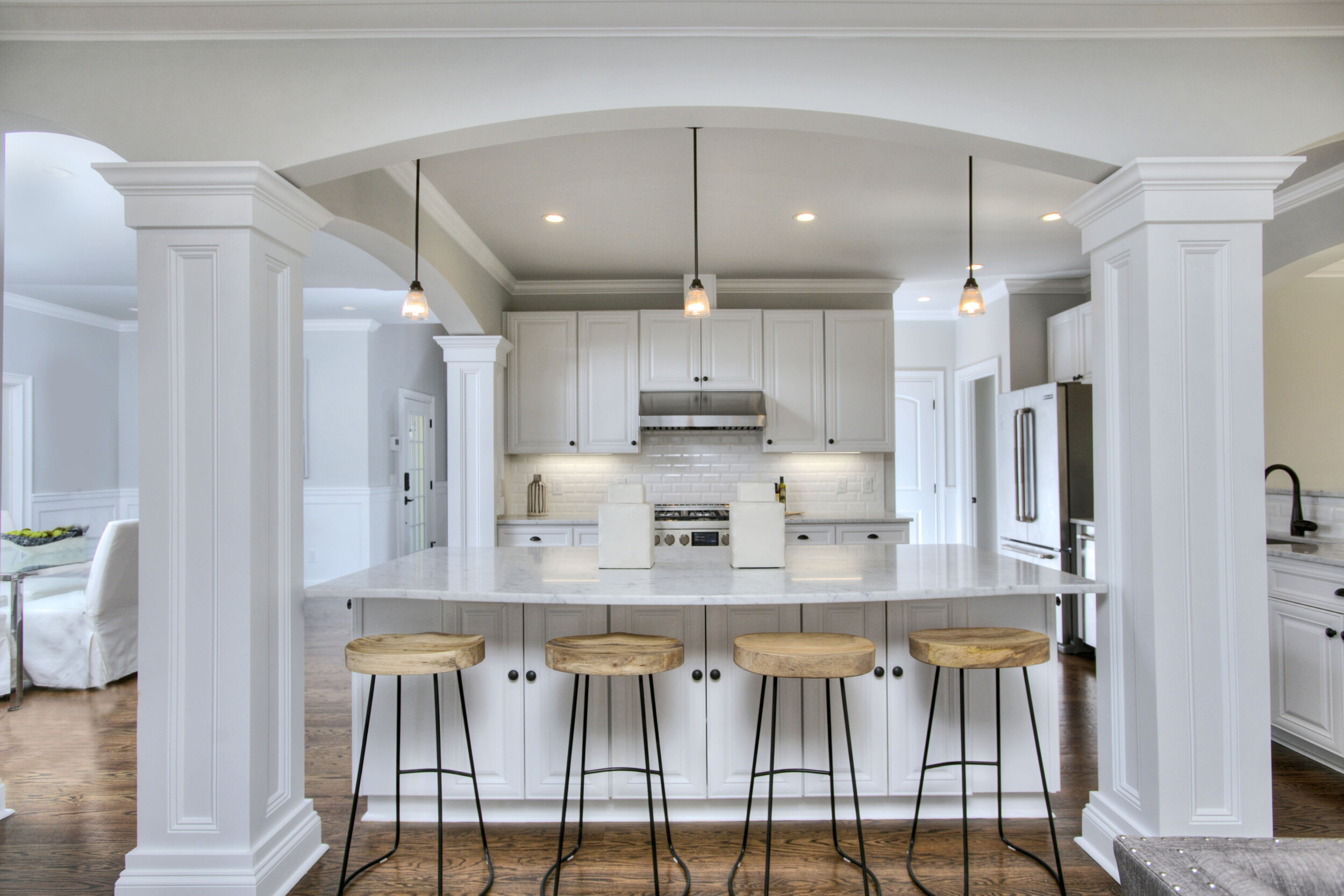Modular Home Myths
A home is one of the largest investments that someone will make in their lifetime, so it’s important to know the facts before buying. Most people will buy a stick-built home just because it’s all they know. But what they don’t know is that they could save money and time by spending a few minutes looking at a more efficient method.
Custom modular homes. There are misconceptions around custom modular homes and this article aims to correct that.
Myth: A modular home is a mobile home.
Fact: No! Modular homes look just like regular homes. They have a foundation, they are 1 or 2 stories, they may have an attached garage. In fact, if you drove down the street, you wouldn’t be able to tell a stick built from a modular home.
Myth: Modular homes cannot be customized.
Fact: The buyer works with a designer to take units and assemble them into a floor plan that suits them. In this way, homes are fully customizable. Homeowners can design the house of their dreams. A popular trend among consumers is customization. In many ways, it’s as if businesses must cater to a “niche of one”. Their products and services need to be customizable so that the personal tastes and interests of each individual client can shine through.
Myth: Modular Homes are cheaper.
Fact: Modular homes are, in fact, constructed to be stronger than stick built homes. They’re built in units by professionals (and these professionals are supervised by qualified inspectors). They’re built in a controlled setting which means that the building materials stay dry (wood doesn’t warp and insulation doesn’t lose its R value that way). And, they come with a 10 year warranty, compared with most 1 year warranties that come with a stick built home.
Myth: Modular homes are less energy efficient than site built homes.
Fact: Modular homes are more efficient than site built built homes. A recent study shows that the average modular homes exchange the air only 7 times per hour while a stick built home exchanges air 11 times per hour. That will translate into real savings on heating and cooling costs. And, because the home is built in a weather-free setting, insulation doesn’t lose its R-value by getting wet.





